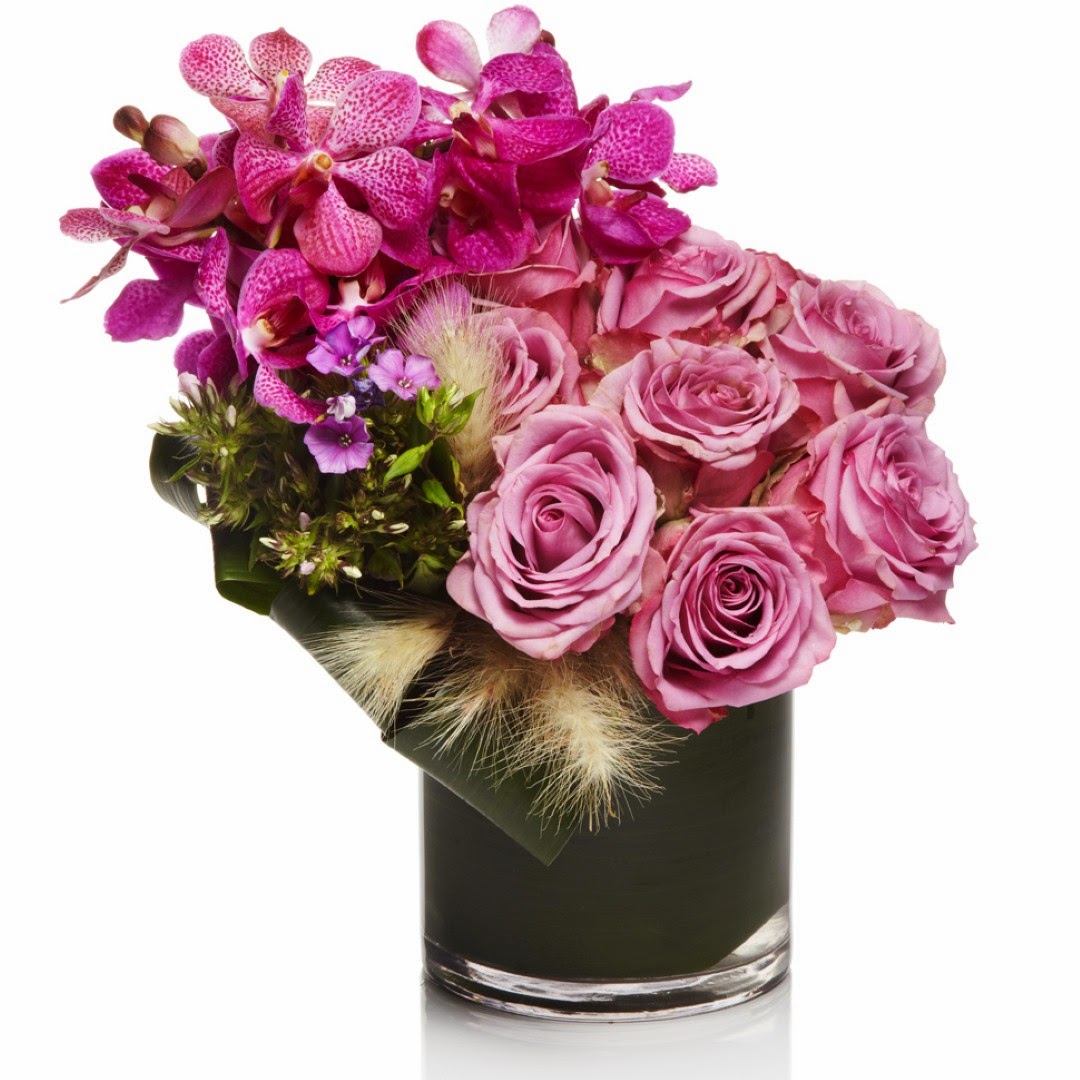

It has also been used in many early hybrids, but because it is so mildew-prone, many of the newer hybrids exclude this species. Pulmonaria officinalis is represented in commerce by several cultivars including Pulmonaria officinalis 'Alba', Pulmonaria 'Blue Mist', and Pulmonaria 'White Wings'. Pulmonaria officinalis is a semi-evergreen species with the classic leaf spotting. Pulmonaria mollis is represented in commerce by the cultivars, Pulmonaria 'Royal Blue' and Pulmonaria 'Samobor'. Pulmonaria mollis is the largest growing of the Pulmonaria species, forming a 2' tall x 2' wide deciduous clump of green leaves, speckled either silver or light green. Because Pulmonaria longifolia is such an exceptional garden plant with good mildew resistance, it has been used in a number of newly created hybrid Pulmonarias, especially the heavily spotted forms from South and Central France, known as Pulmonaria longifolia ssp. There are three cultivars of Pulmonaria longifolia in commerce including: Pulmonaria 'Bertram Anderson', Pulmonaria 'Ankum', and Pulmonaria 'Dordogne'. Like Pulmonaria affinis, it has good sun tolerance. Pulmonaria longifolia is a semi-evergreen species that can make 1' tall x 3' wide clumps of long, narrow leaves. These fake Pulmonaria are stunning plants with green foliage and known for their intensely cobalt blue flowers. There are several cultivars of the fake Pulmonaria angustifolia, the most commonly grown being Pulmonaria 'Blaues Meer'.
.jpg)
a plant that goes by the invalid name of Pulmonaria angustifolia 'Alba'. There is only one cultivar of the true Pulmonaria angustifolia. It is still unknown whether the Pulmonaria angustifolia in commerce is an unknown species or a hybrid group. Pulmonaria angustifolia has been the source of much nomenclatural confusion, since the plant in the horticultural trade as Pulmonaria angustifolia doesn't match the real Pulmonaria angustifolia. It is one of the best Pulmonaria species for sun tolerance, and it is only represented in the trade by one cultivar, Pulmonaria 'Margaret' (Hardiness Zone 4-7) Pulmonaria affinis is a deciduous species with typical foliage of silver spotted leaves. The genus Pulmonaria is composed of 16 species, although only 8 are known in cultivation. Pulmonaria are members of the Boraginaceae family and first cousin to other well-known garden favorites such as myosotis (forget-me-not), brunnera, symphytum, and mertensia (Virginia Bluebell). Pulmonaria Genealogy - the species and their selections Pulmonaria generally retain their foliage until late winter, becoming mostly deciduous (depending on parentage) just before the new season's flowering and regrowth begin. The flowers are borne in corymbs on short stalks that reach just above the foliage. The flowers, most of which emerge usually either pink or violet, typically change to blue as they age. Lungworts flower in late winter/very early spring, some often beginning around the end of February. Pulmonaria are perennials that grow from a deciduous basal rosette, usually no more than 6-10" tall with a spread up to 2'. The logical conclusion is that cultivars with more silver in the leaves should be able to tolerate more heat and possibly sun. These air pockets mask the appearance of chlorophyll in the leaves, creating the foliar patterns that we enjoy as gardeners. The silver spots on pulmonaria leaves are actually the result of foliar air pockets, used for cooling the lower surface of the leaves.

Hence, the continued use of pulmonaria to treat many respiratory ailments. Herbalists have long decried that when a plant resembles a particular body part, it must have medicinal properties to cure that particular part of the body. and the Latin translation, pulmonaria, which became the name for the genus. The name pulmonaria arose from the foliage, which is often green with white spots, resembling a diseased lung.


 0 kommentar(er)
0 kommentar(er)
